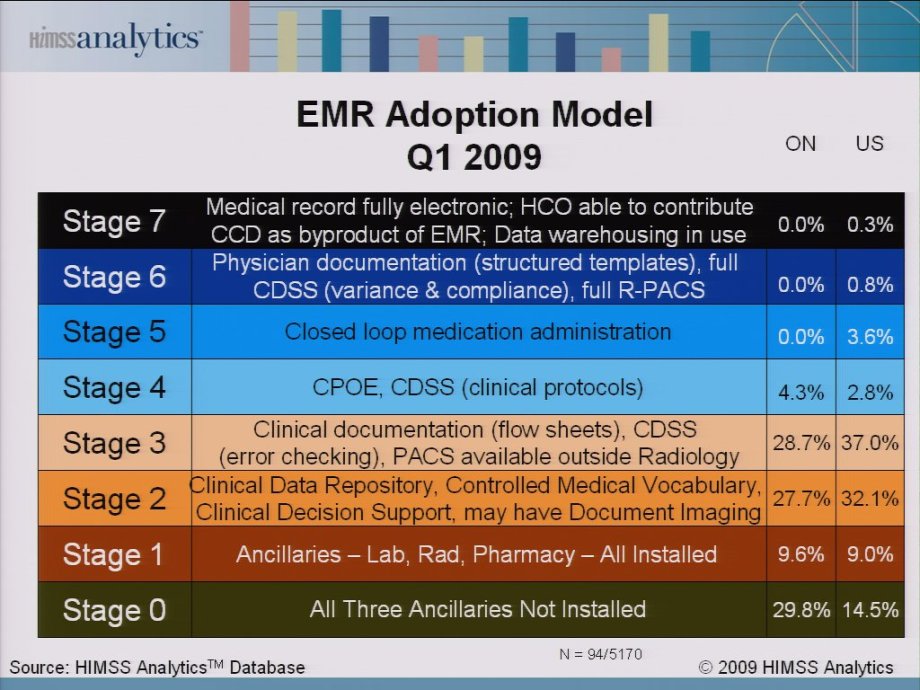1. China’s fake Apple Stores: (Bird Abroad)
– the facade can be imitated but not the culture and every detail of a brand like Apple cannot be imitated. Still this could have faked more than few customers.
2. No New Social Networks Launched Today (Borowitz Report)
– A friend of mine told me that in Silicon Valley every business plan thats being hatched up now is about a social network of some kind – are we in another tech bubble?
3. Tale of two countries: The Growing Divide Between Silicon Valley And Unemployed America (Tech Crunch)
4. Clinician to Clinician Communication (Healthcare Informatics)
– In this world of social networks, paying using your smart phone, come to healthcare world you will find FAX and Phone as the greatest thing since sliced bread. There are numerours reasons for that, lets not get into what’s wrong with Healthcare, that’s another conversation over a beer.
Nhin Direct project is taking a think small and simple approach to connecting the physicians with other physicians using existing applications, communication protocols(SMTP and XDR) and what not. Simple direct to direct communication is key for healthcare technology adoption among providers.
5. The DNA–People, Processes, And Philosophies–Of Innovative Companies (Fast Company)
– innovation starts from within a person, who believes that a world can be a better place and the system (organization or country or any entity) they are in has to foster a culture of innovation. If the system doesn’t foster, its just one more barrier to bring down for the innovator and create a new system.


